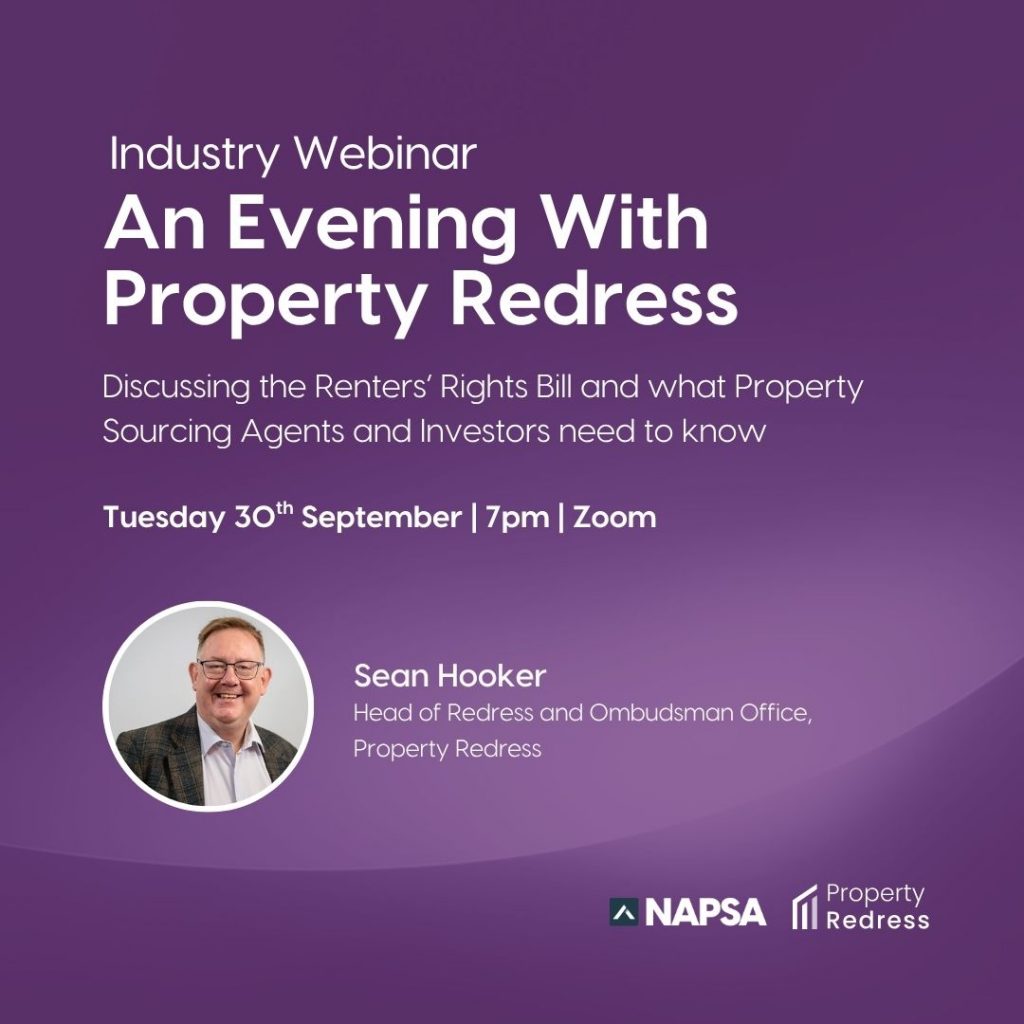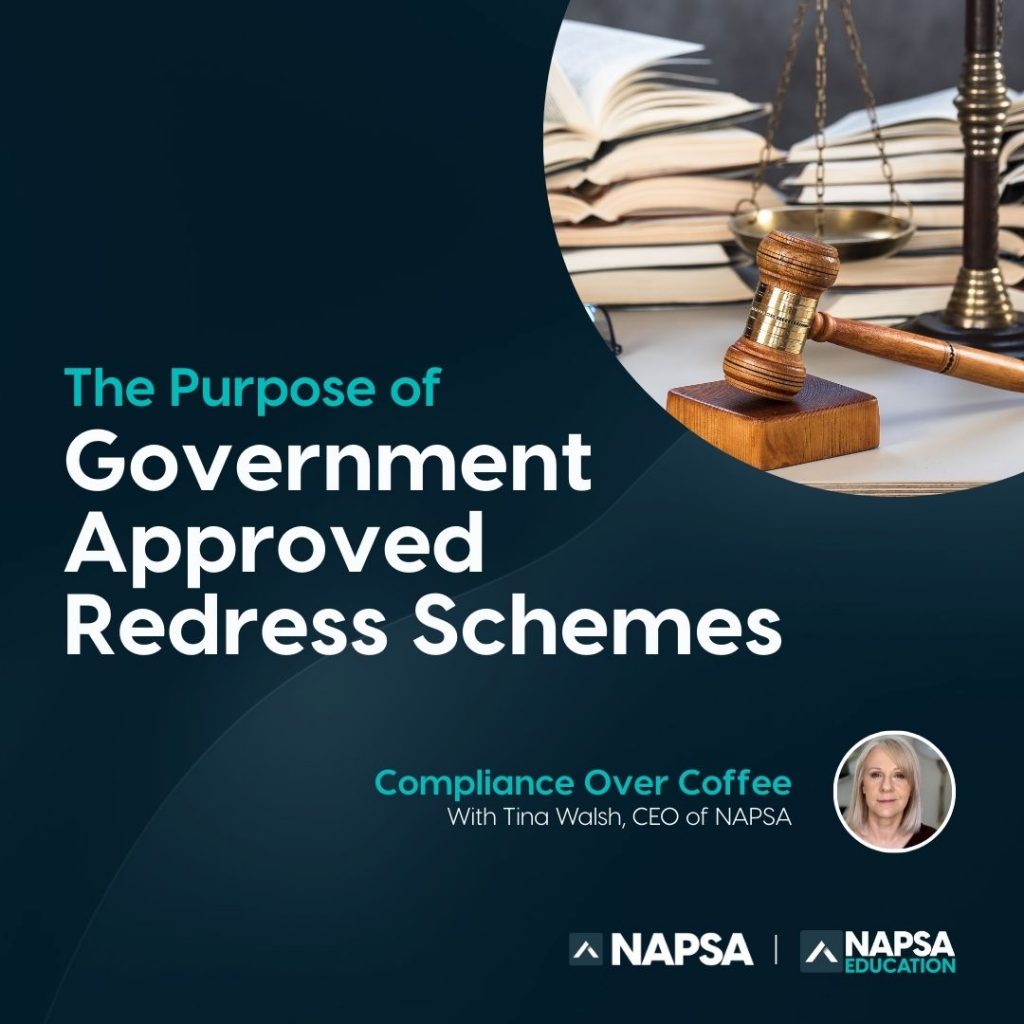For property professionals, understanding the landscape of compliance is not just good practice, it is a legal necessity. This Compliance Over Coffee session, provided an essential overview of the two government approved property redress schemes. This summary expands on the key topics, offering a detailed guide for our members on what these schemes are, why they matter, and how to navigate your obligations.
What Are Property Redress Schemes?
Property redress schemes are government-approved organisations established to resolve disputes between consumers and property agents. They act as independent supervisory bodies for the property sector, covering estate agents, letting agents, management agents, and, of course, property sourcing agents and deal packagers.
It is a legal requirement under UK law, including the Estate Agents Act 1979, for agents involved in specific property activities to be registered with one of two approved schemes: The Property Ombudsman (TPO) or Property Redress. Your registration demonstrates a commitment to professional standards and provides your clients with a clear path for recourse if they have a valid complaint. These schemes are empowered to handle complaints and can issue binding financial awards of up to £25,000 to consumers.
The Consequences of Non-Compliance
Failure to join a government-approved scheme is a breach of the law. Beyond the legal implications, non-compliance carries significant professional consequences. If a complaint is upheld against an agent and they fail to pay an awarded amount or follow the scheme’s guidance, they can be expelled.
What you may not realise is that TPO and Property Redress communicate with one another. If an agent is expelled from one scheme, the other will be notified and will refuse membership. This effectively prevents the agent from operating legally.
Whilst some may attempt to close their company and start anew, enforcement at this stage is escalated to the National Trading Standards Estate and Letting Agency Team (NTSELAT). NTSELAT has the authority to issue substantial fines to agents who are operating without the required registration, shutting down unlawful practices.
Choosing a Scheme: The Property Ombudsman vs. Property Redress
Whilst both schemes fulfil the same core function, there are key differences in their structure, operation, and cost.
1. The Property Ombudsman (TPO)
Structure: TPO is a not-for-profit organisation and the original redress scheme. It provides both ombudsman and redress services, with its ombudsman services being independently checked for quality.
Registration for Sourcers: TPO has a clear registration path for sourcing agents, with options for “sourcing (sales)” or “sourcing (lettings).”
Complaint Handling: When assessing complaints against sourcing agents who are NAPSA members, TPO uses the NAPSA Code of Practice as its benchmark.
Cost: In the first year, membership costs £410.35 (including a one-off joining fee and VAT). Subsequent annual renewals are lower.
Proactive Compliance: TPO is known to conduct spot checks on member websites. Failures to meet compliance standards can result in fines of up to £5,000.
2. Property Redress
Structure: Property Redress is a private company run by property experts. Its services are focused exclusively on redress.
Registration for Sourcers: There is no direct category for property sourcers. Agents must select “Other” and manually enter their profession.
Complaint Handling: Property Redress bases its complaint assessments on the Consumer Protection from Unfair Trading Regulations 2008.
Cost: Property Redress offers two tiers. The ‘Entry’ level is £165 + VAT per year, but each complaint incurs a fee of £170 + VAT. The ‘Enhanced’ level is £265 + VAT per year with no complaint fees, subject to a fair usage policy.




